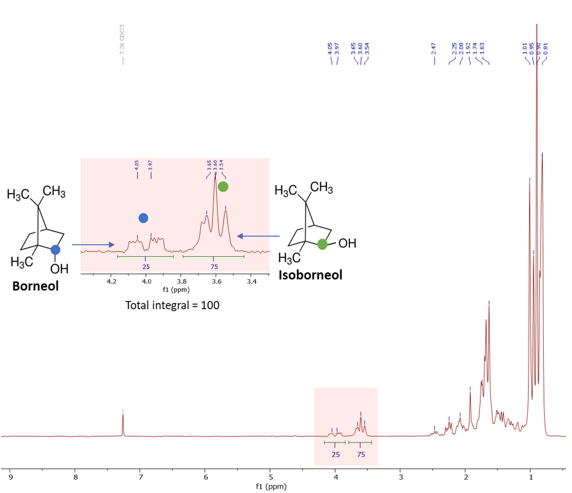Monitoring Polymer Functionalization by diffusion NMR
End-group functionalization in polymer chemistry involves modifying the terminal units of polymer chains to tailor material properties. This approach is used to design polymers with enhanced characteristics like solubility and reactivity, making them suitable for applications in drug delivery and biomaterials. Additionally, it plays an important role in creating complex architectures like block copolymers, providing …
Monitoring Polymer Functionalization by diffusion NMR Read More »








